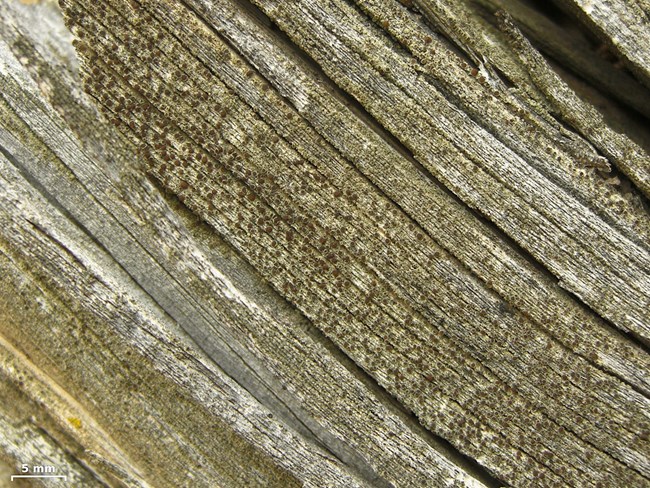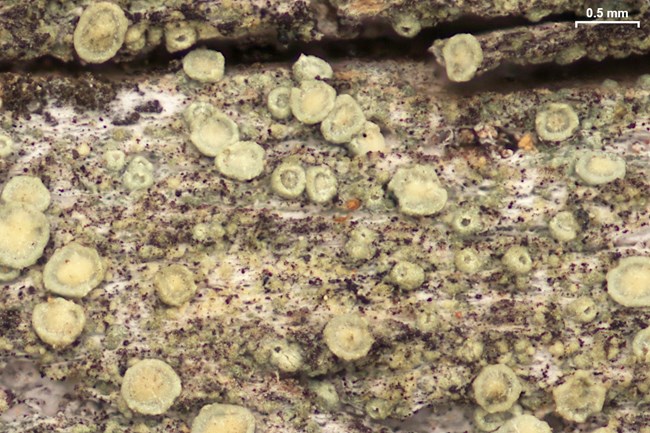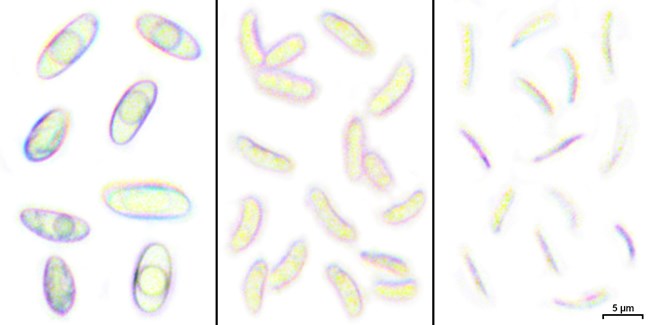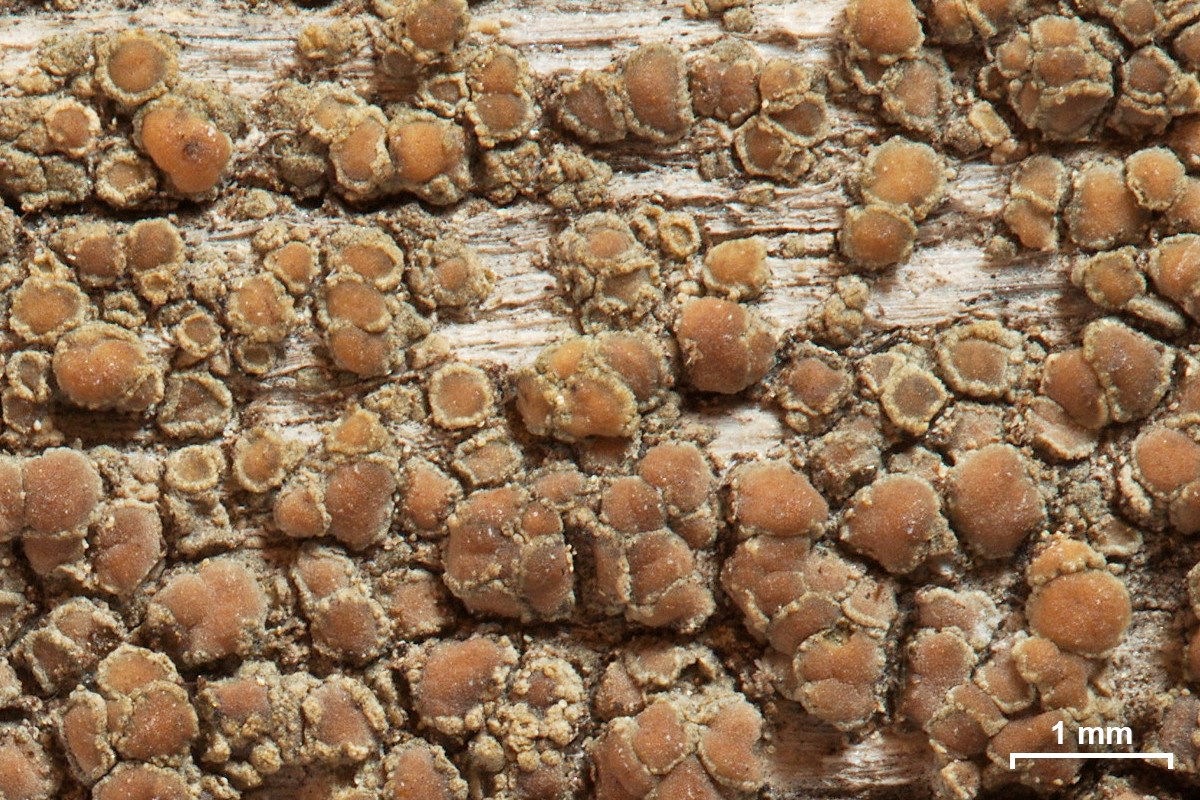Part of a series of articles titled The Midden – Great Basin National Park: Vol. 25, No. 1, Summer 2025.
Article
One of Our Favorite Lichens Gets a Name
This article was originally published in The Midden – Great Basin National Park: Vol. 25, No. 1, Summer 2025.

NPS/G. Baker
Nearly every year, Great Basin National Park holds a BioBlitz focusing on a particular order or group of life. In 2017, the BioBlitz focus was on lichens, and dozens of people came out to learn about this often-overlooked life group. Several lichen specialists led trips, including Dr. Steve Leavitt from Brigham Young University, who made several lichen collections and collaborated with other experts on the lichens he wasn’t sure about.

Jason Hollinger & Natassja Noell
When field biologists think of lichens in the Great Basin, we probably immediately picture the riotous collage of colorful crusts on desert boulders and outcrops. The saxicolous lichen flora pulses like a symphony. But spare a moment for lichens on trees and shrubs. Junipers especially can support a wide diversity of epiphytic species. Another place to look for lichens that you might have missed is stumps and logs.

Jason Hollinger & Nastassja Noell

Jason Hollinger & Nastassja Noell

Jason Hollinger & Nastassja Noell
If we may take a slight liberty and think of learning the story of a lichen and honoring it with a scientific name, perhaps we can think of the type locality along Snake Creek as taking on a kind of sacred significance. Is this one of the many ways in which our displaced Western culture can begin to repair our spiritual connection with the land and the more-than-human world? It begins with the simple wonder every child knows instinctively: “What is the deal with this bubbly thing growing on that thousand-year-old tree?”
Reference:
Ivanovich, C., Weber, L., Palice, Z., Hollinger, J., Otte, V., Sohrabi, M., ... & Printzen, C. 2025. A taxonomic revision of the lichen genus Lecanoropsis (Lecanoraceae). Phytotaxa, 695(1), 1-56. Link
Last updated: May 21, 2025
